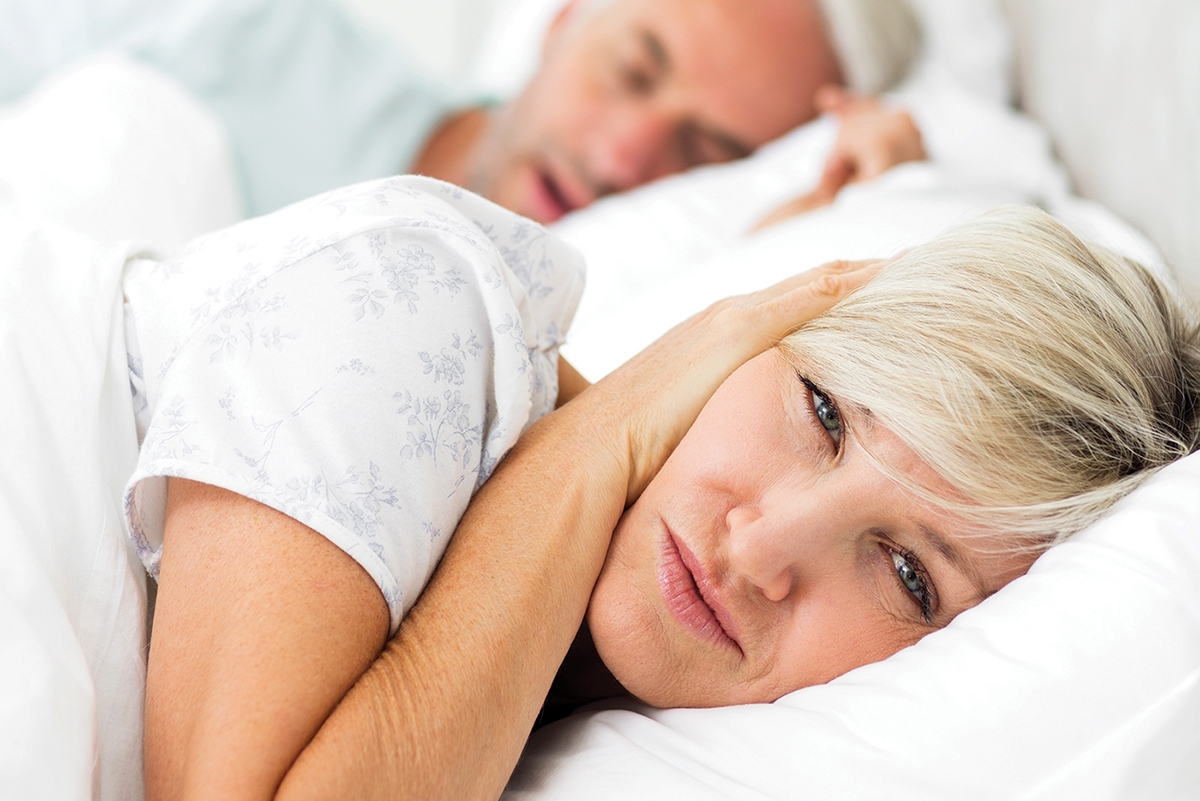Sleep Tight

Do you ever wake up from a full night’s sleep and still feel tired? Maybe you find yourself gasping for breath during the night. Perhaps your spouse constantly informs you that she or he didn’t sleep much the night prior because of your snoring. If so, you may have sleep apnea, a sleep disorder that, according to the National Sleep Foundation, impacts over 18 million Americans. Sleep apnea occurs in all ages and can potentially lead to serious health disorders, including cardiac issues, stroke, hormonal issues, high blood pressure, headaches, fatigue, and difficulty focusing.
The most common type of sleep apnea is obstructive sleep apnea (OSA). This is caused by the muscles in the throat relaxing during sleep. Between 80% and 90% of those with OSA go undiagnosed. For proper diagnosis, a sleep study should be conducted.
Snoring is often thought of as the major symptom of sleep apnea. And while it usually accompanies OSA, there are a variety of other symptoms that should not be ignored, including:
– Daytime sleepiness or feeling tired;
– Dry mouth or sore throat upon waking;
– Morning headaches;
– Temporarily not breathing;
– Waking with shortness of breath;
– Insomnia.
If you smoke, have nasal congestion, use substances to help you relax, or have family history, you are at greater risk for OSA. While this can occur in all ages, as mentioned, if you are older and male, your risk is increased.
By accurately diagnosing OSA early, an effective treatment plan can improve your quality of life and help you to avoid life-threatening complications. Diagnosis of OSA involves a sleep study. Many patients have relied on these studies in a laboratory setting, but sometimes you will not sleep the same as in your own bed and environment. With advanced technology in the sleep study equipment, these studies can also be conducted from the comfort of your home and analyzed by a sleep specialist. You simply have an easy-to-use, lightweight, portable monitor that collects information such as airflow, breathing effort, and blood oxygen levels.
Once the monitor is returned, the analysis begins. During a follow-up visit, a review of the results of the study takes place along with a discussion of treatments tailored to your needs.
OSA is often treated by wearing a sleep machine when you sleep. The Continuous Positive Airway Pressure (CPAP) machine forces air through the nose and mouth to keep the throat from collapsing during sleep. While many advances have been made in the design of face masks and the noise made by the CPAP machine, about 60% of those diagnosed don’t wear theirs. This is because of complaints that the machine and mask are uncomfortable, bulky, and loud. Because CPAPs are often used to treat sleep apnea, many people avoid being diagnosed. However, not wearing your CPAP or avoiding diagnoses increases the risk for your overall health.
Although, depending on the findings of your study, improvement could be as simple as orthodontic treatment, lifestyle changes, or an oral appliance therapy instead of a CPAP. The oral appliance is a dental device that is customized to keep your throat open by repositioning your jaw or tongue to prevent airway obstruction. This therapy is considered the gold standard for treatment of mild to moderate OSA. These custom-made appliances have been used for many years to relieve sleep apnea, with phenomenal results. The vast majority of patients who use them no longer have any need for CPAP and feel rested when they wake up.
So if you or your partner has noticed signs of sleep apnea, talk with your dentist to determine if an oral appliance is the answer to your sleep prayers.
Dr. Edmond Suh
Owner of Supremia Dentistry, located at 1711 S. Main St. in Wake Forest.
- www.supremiadentistry.com
- 919-556-6200

